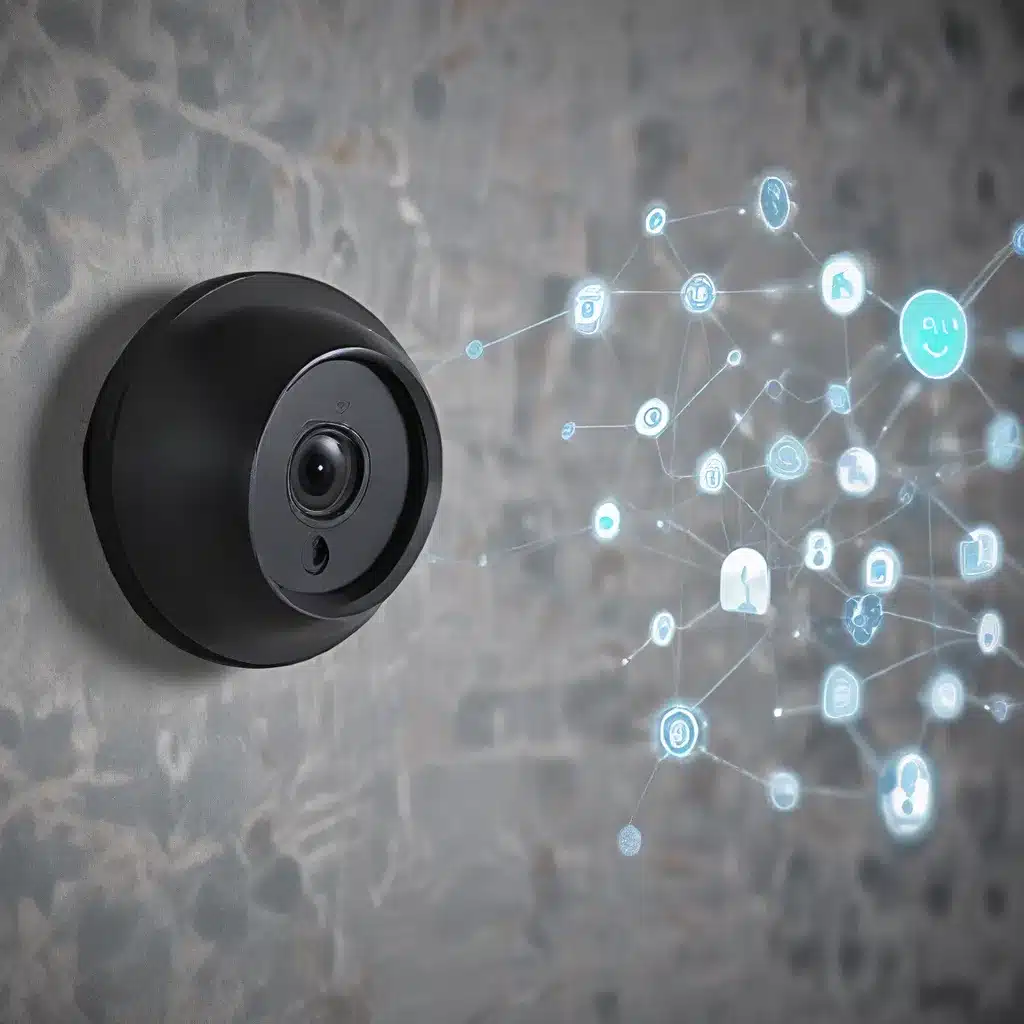
In the rapidly evolving landscape of the Internet of Things (IoT), the collection and management of sensor data have become increasingly crucial. As our world becomes increasingly connected, with sensors embedded in a wide range of devices and infrastructure, the need to ensure the privacy and confidentiality of this data has never been more pressing.
Navigating the Challenges of Sensor Data Protection
The exponential growth of IoT devices has led to an unprecedented volume of data being generated and transmitted. This vast amount of information can contain sensitive personal, financial, or even health-related data, making it a prime target for cyber-attacks and unauthorized access. Striking a balance between the benefits of data-driven decision-making and the imperative to protect individual privacy is a key challenge facing IoT developers and policymakers.
Government agencies and regulatory bodies have been at the forefront of addressing these concerns, recognizing the need for robust security measures to safeguard the integrity and confidentiality of sensor data. Encryption, access control, and data anonymization are just a few of the strategies being employed to mitigate the risks associated with the proliferation of IoT devices.
Encryption: The Foundation of Sensor Data Protection
At the heart of sensor data protection lies encryption, the process of transforming readable information into an unreadable format to prevent unauthorized access. Federal government websites often employ encryption techniques to ensure the secure transmission of sensitive data. In the context of IoT, encryption plays a crucial role in safeguarding sensor data as it travels across the network, from the devices to the cloud or edge computing platforms.
Advanced encryption algorithms, such as AES (Advanced Encryption Standard) and RSA (Rivest-Shamir-Adleman), have become the backbone of IoT security. These standards leverage asymmetric and symmetric key cryptography to protect data at rest and in transit, ensuring that even if intercepted, the information remains unreadable to malicious actors.
Access Control: Restricting Unauthorized Access
Alongside encryption, access control is another essential component of sensor data protection. IoT systems must implement robust authentication and authorization mechanisms to ensure that only authorized entities can access and manipulate sensor data. This can be achieved through the use of secure login credentials, multi-factor authentication, and role-based access controls.
The use of HTTPS (Hypertext Transfer Protocol Secure) ensures that data transmission between IoT devices and the cloud is encrypted, providing an additional layer of security. By restricting access to sensitive sensor data, organizations can mitigate the risk of unauthorized disclosure or tampering, safeguarding the privacy and confidentiality of their IoT deployments.
Data Anonymization: Preserving Privacy
While encryption and access control address the security of sensor data, the issue of privacy remains a significant concern. Data anonymization is a crucial technique that can help protect the personal information of individuals whose data is collected by IoT devices.
Anonymization involves the removal or obfuscation of personally identifiable information (PII) from sensor data, ensuring that individual identities cannot be linked to the collected information. This process can involve techniques such as data aggregation, data masking, and differential privacy, which aim to preserve the statistical properties of the data while making it impossible to identify specific individuals.
By implementing robust data anonymization strategies, IoT developers can unlock the valuable insights hidden within sensor data while respecting the privacy rights of the individuals whose information is being collected.
Energy-Efficient Sensor Network Design
In addition to security and privacy considerations, the design of sensor networks must also address the energy efficiency of the overall system. IoT devices are often powered by batteries or energy-harvesting technologies, making power management a critical factor in ensuring the longevity and reliability of the network.
Duty-cycling, data compression, and energy-aware routing protocols are some of the strategies employed to optimize the energy consumption of sensor nodes. By minimizing the time spent in active communication or processing modes, and reducing the amount of data that needs to be transmitted, IoT systems can extend the battery life of their sensors and reduce the environmental impact of their deployments.
The Future of Sensor Data Protection
As the IoT industry continues to evolve, the importance of sensor data protection will only grow. Emerging technologies, such as blockchain, homomorphic encryption, and federated learning, hold the promise of even more robust and decentralized approaches to safeguarding sensor data.
Sensor-networks.org is at the forefront of these developments, offering a comprehensive resource for professionals, researchers, and enthusiasts interested in the latest advancements in sensor network design, IoT applications, and data protection strategies. By staying informed and embracing innovative security solutions, we can ensure that the promise of the IoT revolution is realized while prioritizing the privacy and confidentiality of the data that powers it.